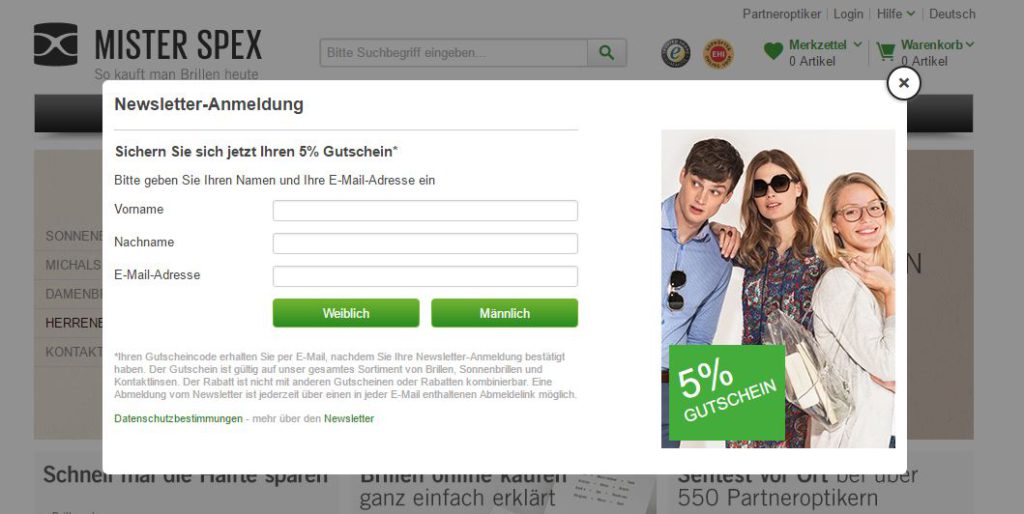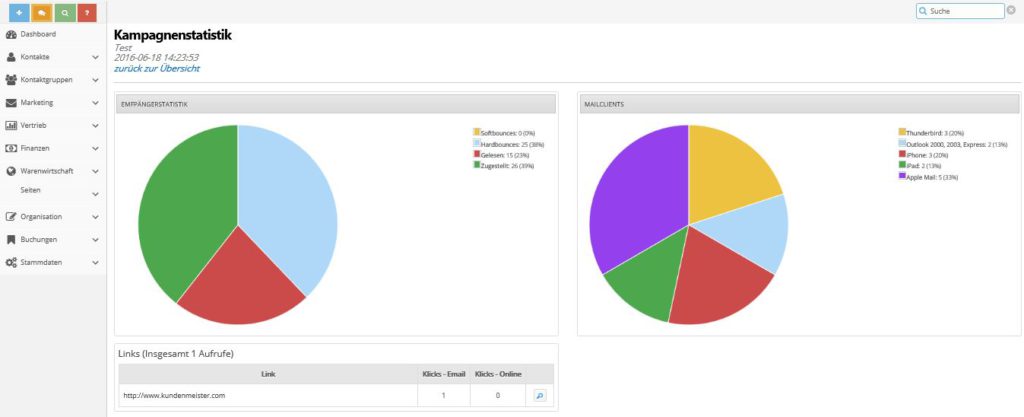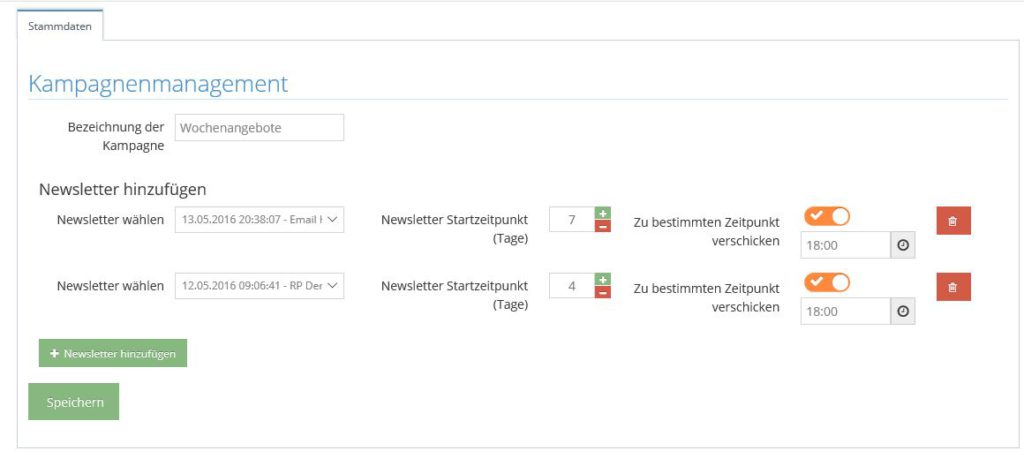For many companies, acquiring new newsletter subscribers is not a problem, but it is more difficult to maintain the number of readers and continuously expand the address base. We have 10 tips for you on how to expand your mailing list efficiently.
Tip #1: Optimize the registration process
A registration process that is too complicated or asks for too much data tends to put prospective customers off. To avoid this, you should ensure that you have a structured and clear registration form that can be completed quickly and easily by the customer. In addition, it is essential to convey security by pointing out that the data entered will be treated confidentially and will not be passed on to third parties. A “Subscribe to free newsletter now” button also makes it clear that the customer is not being lured into a cost trap. And to ensure that everything is legally compliant, you should use a double opt-in procedure. After the interested party has registered on your website, an email is sent to them to confirm the subscription, in which they give their consent to the newsletter once again.
Tip #2: Automatic welcome messages
To make a service-oriented impression, responding to new newsletter subscribers is a key success factor. A welcome email in which you express your thanks for signing up or send the latest issue of your newsletter shows that you are acting quickly. What’s more, this is the best way to bridge the gap until the next newsletter is sent out.
Tip #3: Query areas of interest
Personalization is the keyword here. It’s not just about addressing the subscriber directly by name, but also about sending content that is really relevant to your target groups. Therefore, when subscribing to the newsletter, give interested parties the opportunity to select topics of interest to them and prepare your content according to different distribution lists.
Tip #4: Offer incentives
Reward registration with small gifts. In the B2C sector, this could primarily be vouchers and discounts, while whitepapers or e-books are the ideal incentives for the B2B sector. If website visitors can see in advance how they will benefit from registering, the number of newsletter registrations will increase significantly. A good example: Mister Spex!

Tip #5: Create customer touchpoints
Every customer touchpoint is a potential source for contacting prospective customers. Whether online via Facebook and blog articles or offline at events and promotions – give your prospects the opportunity to register for your newsletter on other channels and share your registration link where possible.
Tip #6: Optimize your address database
Regularly checking your address list is also important for successful newsletter mailings. Invalid e-mail addresses, i.e. so-called hard bounces, should always be cleaned up. You can also use a professional newsletter tool to monitor the overall success of your mailings at all times. You can see how many recipients have opened your newsletter, clicked on integrated links or unsubscribed from the newsletter. This allows you to optimize your address list as well as your mailings.

Tip #7: Prepare interesting content
Subscribers will only remain readers if your content is really interesting. Ask yourself why people should read your newsletter and convey this message when they sign up. Of course, you must then also deliver what you promise – distribution lists are also particularly important in this respect!
Tip #8: Plan mailings and frequency
Another issue when sending out newsletters is the regularity of your mailings – too often could get on your customers’ nerves, too infrequently could lead to you being forgotten. Therefore, draw up an editorial plan, plan the frequency and days of your mailings precisely and link them to exciting topics. Readers will then adapt to fixed intervals and higher opening rates will be the result.

Tip #9: Test your mailings
Nothing is more annoying than sending a newsletter that contains faulty links, buttons that do not work or images that cannot be displayed. It is therefore essential that you test your mailing before you send it to your subscribers. This way you can avoid unwanted unsubscriptions and maintain your address list.

Tip #10: Newsletter optimization through feedback
If unsubscribes still occur, do not see this as criticism, but as an opportunity to optimize your mailings. After a subscriber has clicked on the unsubscribe link, you should definitely include a short feedback form on the unsubscribe page. Find out why the recipient does not want to receive any more newsletters and be sure to take these points into account in your next campaigns.
